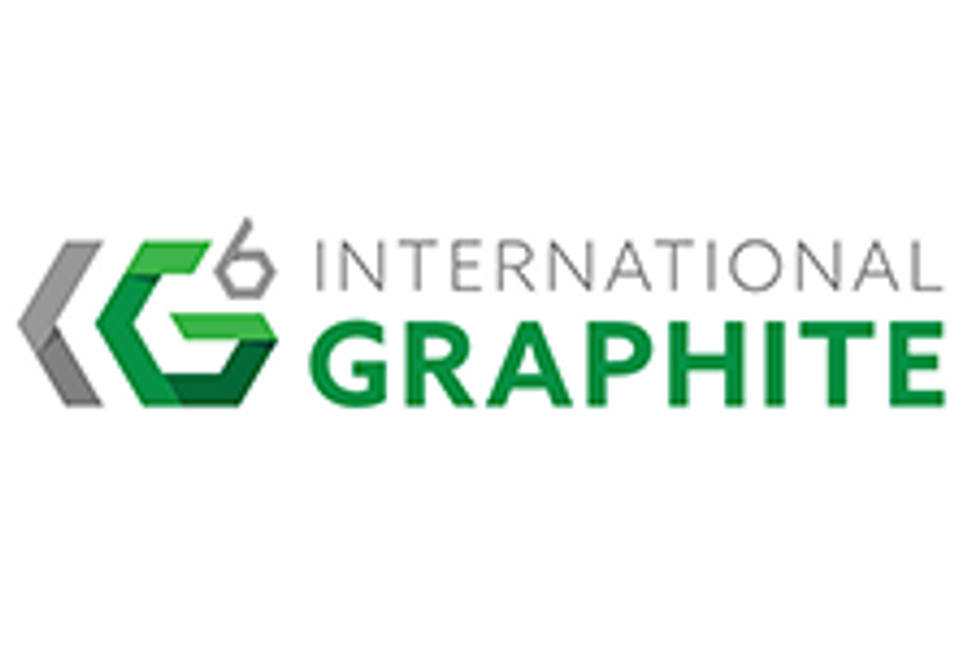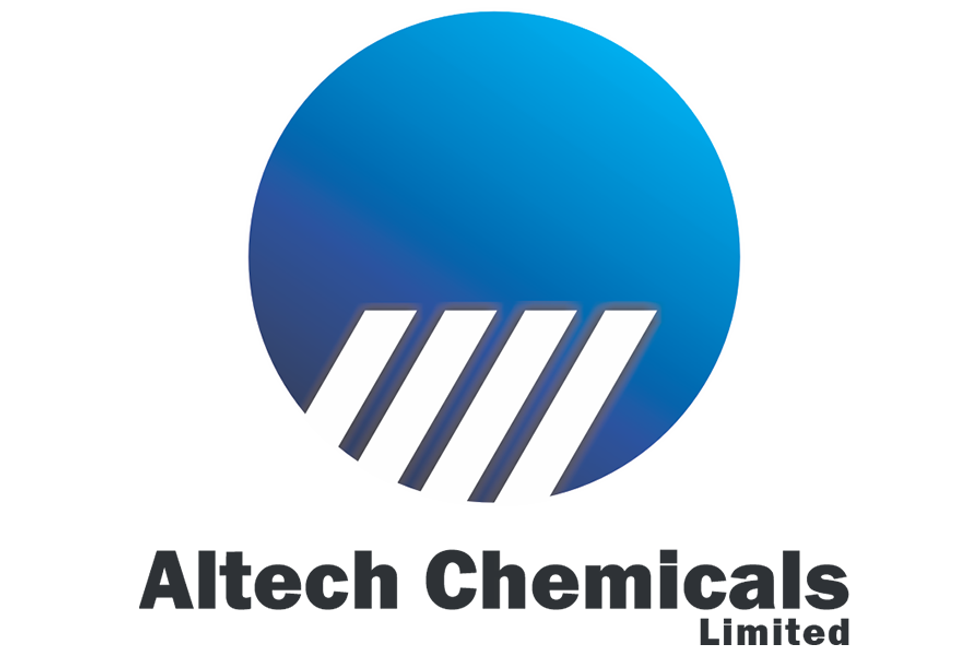Graphite Outlook 2022: Demand from Battery Segment to Remain High
What’s the graphite outlook for 2022? Market watchers explain what happened last year and what factors to watch over the next 12 months.

Click here to read the previous graphite outlook.
Graphite is an essential raw material used in electric vehicle (EV) batteries, and as sales of EVs grow, market watchers believe demand for the metal will surge.
Despite discussions about battery chemistry changes, many experts think graphite will remain a dominant element in EV batteries for at least the next decade. Both synthetic graphite and natural graphite, in the form of the intermediate product spherical graphite, are used in the anodes of lithium-ion batteries.
Here the Investing News Network (INN) looks at the key trends in the graphite market in 2021 and what the graphite outlook is for 2022, with commentary from experts in the space.
Graphite trends 2021: Shipping and power cost challenges
After a tumultuous 2020 during which supply chains were put to the test as economies shut down due to the COVID-19 pandemic, graphite kicked off 2021 on a bright note.
Early in the year, prices for natural flake graphite were slightly higher than expected as a result of unexpectedly strict environmental investigations and closures in China, Suzanne Shaw of Wood Mackenzie told INN back in July.
“There was also considerable shipping disruption early on in the year, with containers and vessels not where they should be as routes reopened post-COVID,” she said. “Limited availability was prioritized for higher-value cargos, with lower-value raw materials flows disrupted. This situation subsided through Q2.”
Pricing was relatively flat during the first six months of 2021, according to Benchmark Mineral Intelligence data.
“Prices for +100 mesh flake concentrate, across all purities, have moved upward by around 5 to 10 percent year-to-date, while pricing for all other grades has moved less than 5 percent so far this year due to continued structural oversupply in the graphite market,” George Miller, an analyst at the firm, told INN at the end of H1. “Moreover, the global shipping situation at the moment is hindering upward price pressure.”
Prices took a turn in August, jumping on the back of the energy crisis, which hit producers and disrupted output. Battery grades were particularly affected by rising power costs, as both the manufacturing of synthetic graphite and the processing of spherical graphite from natural flake are known for high levels of energy consumption.
In terms of supply, Chinese production was expected to ramp up to meet rising domestic battery demand, as there is still a lot of overcapacity in China.
“However, the overall trend is that China is showing less appetite on the raw material side and investing in higher-value downstream industries rather than exploration/mining across most mineral sectors,” Shaw said at the end of H1. “It will continue to increase its own imports of flake graphite.”
All in all in 2021, the demand recovery in the battery sector was more robust than expected following the pandemic, Shaw told INN in a more recent discussion.
“The main surprise was disruption to Chinese supply in the second half of the year because of power shortages,” she said. The power issues hit just when graphite consumers usually build up stocks ahead of winter closures.
“While we believe the power issues had already begun to subside late in 2021, high prices for graphite have sustained during the winter months,” Shaw said. “Average Chinese flake graphite prices increased by 25 percent between May and December last year. We expect power rationing to last until Q2 2022.”
Graphite outlook 2022: Supply and demand
At the end of 2020, analysts were expecting graphite demand from the battery segment to continue rising on the back of increased EV sales, with growth opportunities for both synthetic and natural graphite.
In 2022, Wood Mackenzie is expecting to see very strong growth in batteries, while most traditional steel-based applications will see much slower growth because of slowdown in the Chinese market.
"The exception is electric arc furnace (EAF) steel electrodes, which will continue to see growth with the shift to EAF steel methods in China, India and other Asian countries," Shaw said.
Demand for batteries will rise across all the main regions, but especially in China.
"Overall, we expect the total lithium-ion battery market to grow by 35 percent in 2022 to 602 gigawatt hours," Shaw said. "Such large growth will allow room for significant rises in both natural and synthetic graphite."
Benchmark Mineral Intelligence data shows demand for natural graphite from the battery segment amounted to 400,000 tonnes in 2021, with that number expected to scale up to 3 million tonnes by 2030. Demand for synthetic graphite came to about 300,000 tonnes in 2021, and is expected to increase to 1.5 million tonnes by 2030.
“We do expect recycling to plug some of these gaps, but this isn't really likely to reach the necessary scale until post-2030,” Miller said in a December webinar. “So at the moment, the focus is really on synthesizing and mining this material as quickly as possible to meet the demand that we might see into the future.”
By volume, graphite is one of the most important elements in any EV battery ― there are between 50 and 100 kilograms of graphite, whether synthetic or natural, present within each vehicle.
“We can really see the sector growing progressively to around 15 times the demand we see today by 2030, outpacing moderate growth and demand from industrial applications,” Miller said. “Unlike some of the other critical mineral markets, there is still time for both the natural and synthetic graphite market deficits to be redressed — so long as adequate funding is provided for junior miners in the near term."
That said, it's important to note that only certain types of natural graphite supply are relevant to the lithium-ion supply chain and can be qualified for it.
“This is really the biggest challenge in using natural graphite as a battery input,” Miller said. “This has the potential to exclude further capacity from projects in development.” The expert noted that if all planned supply reaches the market, it would have the potential to balance out demand up to 2029 to 2030, but with these limitations on which material can be qualified, the story takes a different direction.
“The primary limitation here is that the mesh size inputs for the battery supply chain must be fine to medium flake,” Miller said, adding that consistency and high purity, somewhere around 94 to 95 percent carbon, are also key. “Flake graphite for the lithium-ion supply chain must have low levels of impurity in order to avoid compromising the quality and longevity of the end product.”
Similarly, Shaw said the main challenge for graphite miners is getting the processing right.
"It can take some time to ramp up to desirable rates at the right flake size distribution and the right carbon grade," she said. "Those (graphite miners) looking at battery grades must also get their product qualified by the battery industry which can be a long and difficult process."
In terms of supply of natural graphite, China will continue to play a dominant role in supply, and will strongly increase its output. "However, China’s proportion of global supply is likely to ease as new supply comes on in Africa and other parts of the world," Shaw said. "China is keen to move away from mining to downstream battery-grade products that are higher value and its imports of flake graphite are increasing."
Graphite outlook 2022: What's ahead for prices and factors to watch
As the new year begins, Wood Mackenzie believes prices will continue to rise early on in the year, at least until production reopens following Chinese new year celebrations.
"Prices could then ease somewhat in the middle of the year before rising again with winter shutdowns," Shaw said to INN. "In the longer term, prices are expected to continue rising with increasing demand and a tightening market, until new capacity can be brought online."
A trend most graphite investors follow is the market share for natural graphite versus synthetic graphite. According to Benchmark Mineral Intelligence, synthetic graphite anodes today account for the majority of market share and approximately 57 percent of the anode market.
“Going forward, we do expect this to shift in the direction of natural graphite anodes to around a 50/50 balance for a multitude of reasons,” Miller said. Those reasons include tight graphitization capacity, higher costs for synthetic graphite anode material and the current environmental shortcomings of the synthetic graphite supply chain.
Wood Mackenzie also expects both natural and synthetic graphite to continue to play key roles in battery anodes.
"There is room for significant growth in both markets," Shaw said. "We are forecasting synthetic graphite demand to grow at a slightly higher rate than that of natural in batteries."
Another key trend for graphite investors to watch in the new year is how western automakers keep up with China, which has become the dominant player in all steps of the anode supply chain.
Interestingly, before 2021 came to an end, US-based Tesla (NASDAQ:TSLA) made a move to secure graphite supply from top graphite producer Syrah Resources (ASX:SYR,OTC Pink:SYAAF).
The ASX-listed company will process graphite from its Balama mine in Mozambique at its Louisiana plant, and will supply the EV maker with anode graphite material for an initial four year period. Tesla also has an option to offtake additional volume subject to Syrah expanding its capacity beyond 10,000 tonnes per year.
Don’t forget to follow us @INN_Resource for real-time updates!
Securities Disclosure: I, Priscila Barrera, hold no direct investment interest in any company mentioned in this article.
Editorial Disclosure: The Investing News Network does not guarantee the accuracy or thoroughness of the information reported in the interviews it conducts. The opinions expressed in these interviews do not reflect the opinions of the Investing News Network and do not constitute investment advice. All readers are encouraged to perform their own due diligence.
- How to Invest in Graphite | INN ›
- Europe's Graphite Supply Chain ― Key Facts | INN ›
- 10 Top Graphite-producing Countries | INN ›
- Top Canadian Graphite Stocks | INN ›
- Graphite Market Update: H1 2021 in Review | INN ›
- How to Invest in Battery Metals | INN ›
- Graphite Investing | INN ›
- Graphite Investing | INN ›
- Graphite Mining in the US | INN ›
- Top Graphite Stocks | INN ›
- Graphite Market Update: H1 2022 in Review ›
- Graphite Market Update: H1 2021 in Review ›
- Battery Metals Price Volatility — Is it Here to Stay? ›
- Securing Battery Metals to Meet Europe’s EV Demand Not an Easy Task ›
- Natural and Synthetic Graphite to Face Significant Deficit by End of Decade ›






